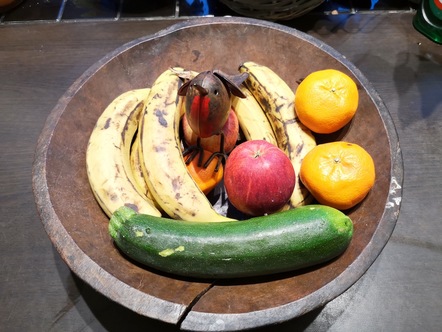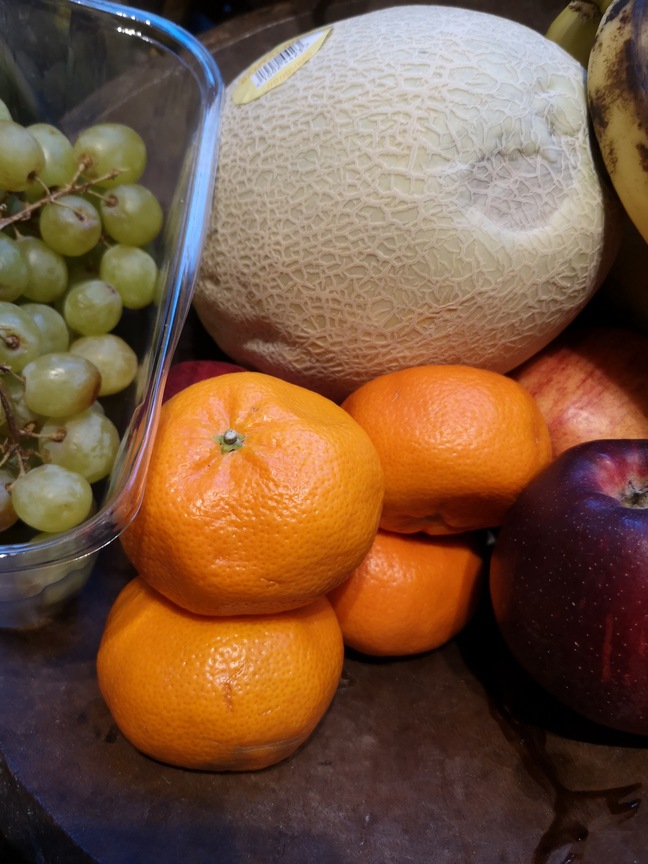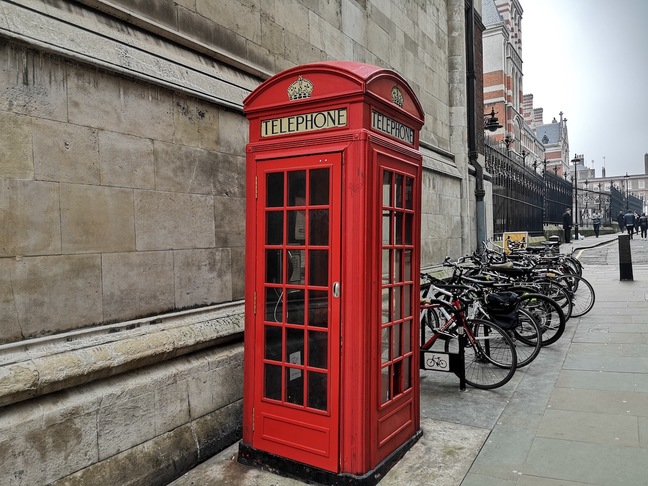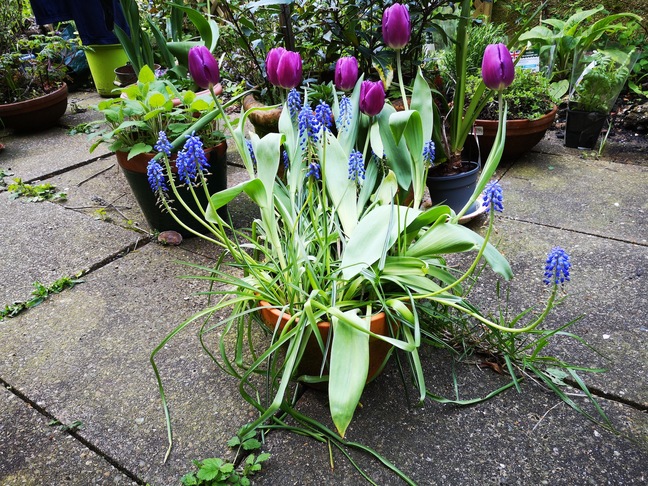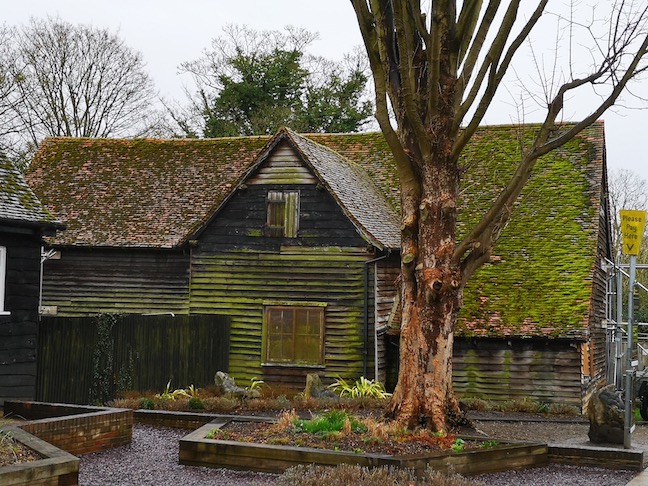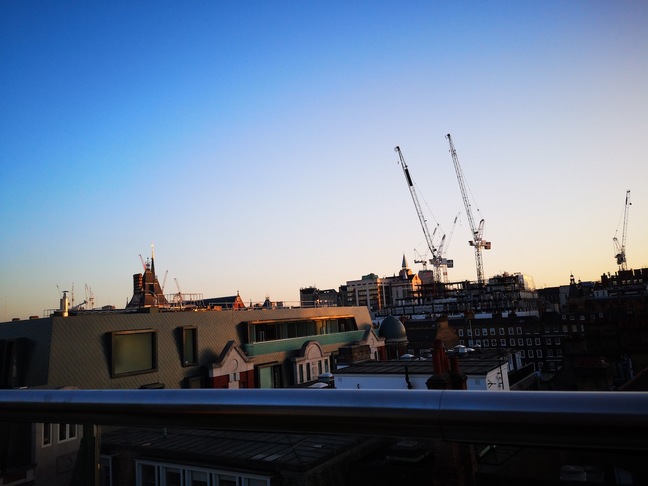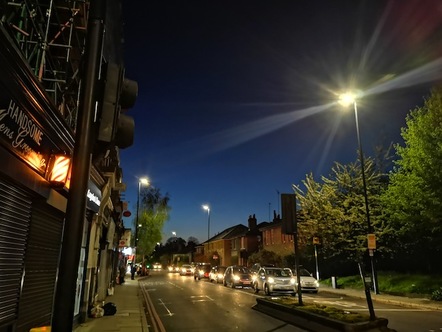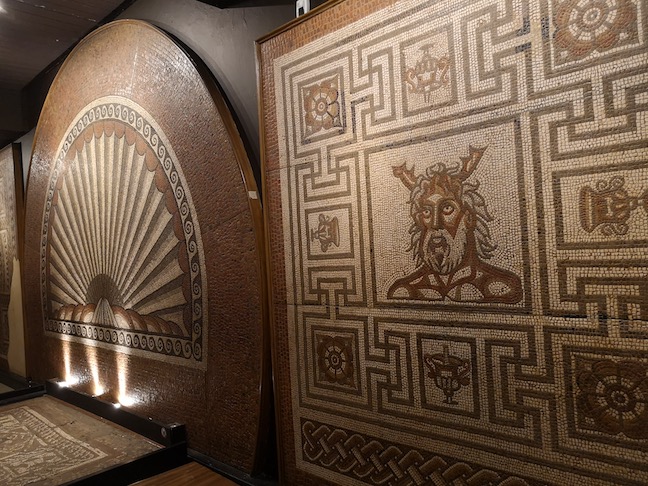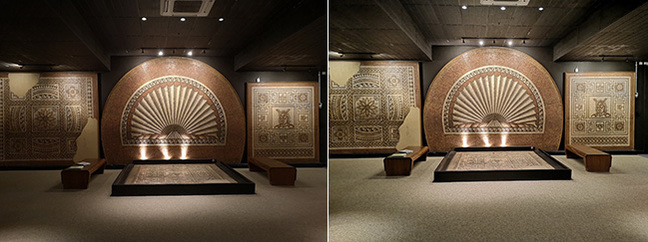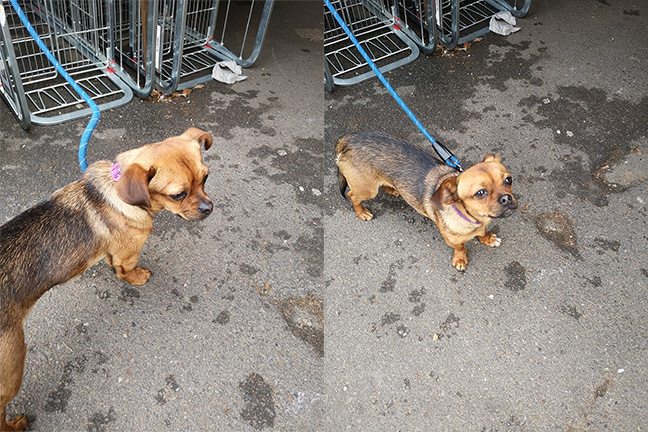This article is more than 1 year old
Huawei P20: Snappish snaps, but for £200 less than Pro, it’s Notch bad
Mercurial imaging detracts from a solid advance
Imaging

The best thing about AI in 2018 is that you can turn it off. And to take better photos, we strongly advise you do.
The P20 Pro was rapidly anointed as the greatest camera phone, with one amazing party trick catching the attention: the ability to take long exposure shots in very low light without blurring. But in real life, so far, it has fallen short in many situations, with over-exposure and over-sharpening common, and the "AI" object recognition imposing harsh filters. The latter bothered CCS Insight’s Ben Wood too. The potential is certainly there – but it needs tweaking.
Well the P20, despite its completely different, two-sensor rig – follows suit. Sometimes fabulous, often impressive ... but with too many just-off results.
Attempting to be "scientific" about evaluating cameras on phones is pretty damn pointless today – the photo quality wildly differs, even on the same device. For example, photo quality varies enormously between an "auto" shot and after one-tap-to-focus. In reality, what do people do? Well depending on the context, we either shoot or take a couple of seconds to tap. Some will spend ages in Pro mode – unless you're on an iPhone – for a static shot, perhaps.
But as reader "juice" points out:
"Judging by personal experience and facebook posts, the main things people take photos of are: a) Cats b) More cats c) Food with occasional cats d) Drunken mates in pubs, optionally with cats. So, how well does the P20 Pro do at the spur-of-the-moment, moving-subject (and/or swaying photographer in the latter scenario!) photographs?"
Spot on, and what I'll try to do from now on. In fact, Huawei's odd decisions here are almost all geared around producing something eye-popping for sharing on a saturated screen.
The first four display the P20's characteristic over-exposure and over-saturation. The phone box isn't that red, the tulips aren't that purple. The tub in the background on the left isn't fluorescent. To focus on the flowers, the leaves have been badly overexposed. Have a good look at the greenery in the foreground below – or for that matter, in the tree: both have an alien quality.
The P20 does a splendid job with the sky here – even capturing a vapour trail – but at the expense of the detail of nearer objects.
The scene below is captured in a hurry, and although it's a poor photo in many ways – the flare, for example – it does capture the atmosphere well. That's something I found lacking in my first real-world workout of the P20 Pro.
Now here's where the P20's engineering work began to pay off. In this dimly lit museum it captured detail pretty well.
And this picture shows how effective the long exposure "Night Mode" can be. The Auto picture is more natural but the four-second exposure grabs more light and detail.
For quick grabs on the move, the P20 does well.
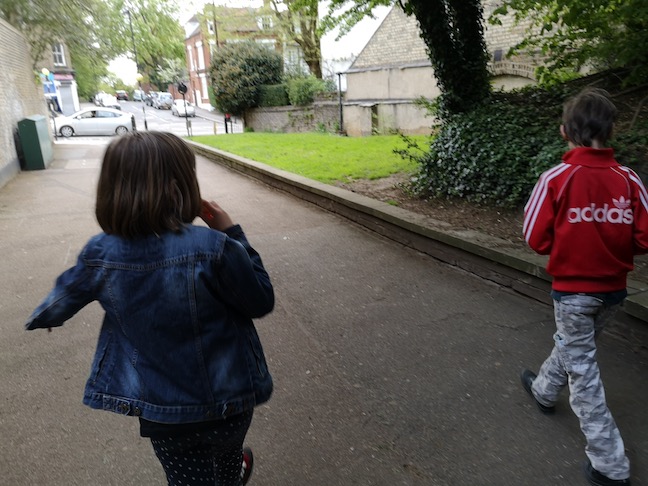
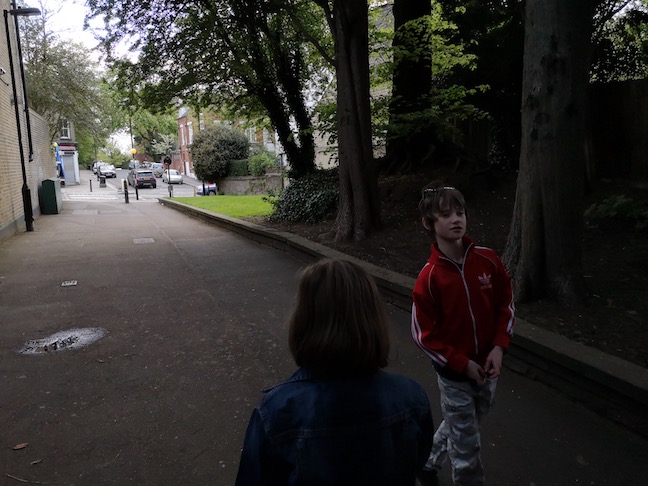
For rapid snaps, the Huawei does well: screen off to shoot in 0.3 seconds, you can find the volume down key – which is not easy on the move or in a hurry. How about a real camera button? Shot to shot time is near instantaneous. What Huawei calls 4D predictive focus – object tracking as the camera world calls it – is a good use of the CPU.
